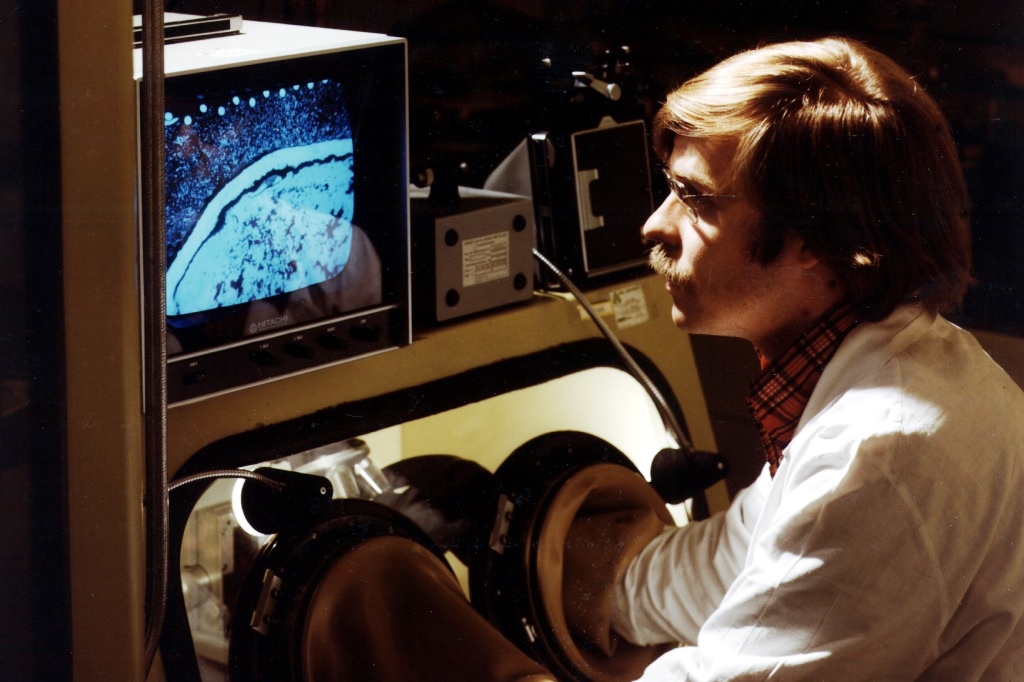Lithium-Ion Battery Aging: Can We Prevent It
Coulombic Efficiency: Research Gate
We seldom stress about buying a new phone every few years. We want the new technology. Hence with phones, lithium-ion battery aging is hardly an issue. It is, however, a major factor with an electric vehicle. Those lithium batteries can cost as much as a small fossil-fueled car pumping out pollution.
It follows that scientists are constantly on the prowl to retard lithium-ion battery aging. Although electric car batteries should last for twenty years, the design life of the vehicle is fifty.
Thus, it would be really nice if the batteries lasted as long. Researchers at Dalhousie University in Halifax think the answer lies in coulombic efficiency.
Coulombic Efficiency and Lithium-Ion Battery Aging
You can read about faradaic efficiency, faradaic yield, current efficiency, and coulombic efficiency here because they are all the same thing. In headline terms, they refer to the ability of a battery to sustain itself over time. We express this as a ratio using the formula Q-Out over Q-In. Q-out is the charge that exits the battery during discharge. Q-in is the amount of charge that enters it during charging. The result is inevitably less than one due to fundamental battery inefficiencies.
The Fundamental Inefficiency of Lithium Ion Batteries
When we charge a lithium-ion battery, lithium moves across to the graphite, negative anode and lodges there. As we draw the current out, it theoretically all moves back to the cathode.
In practice, a small amount of lithium compound remains on the anode as a thin film. Every time we recharge the battery, this grows thicker. Eventually the lithium can no longer interact with the graphite.
Ongoing Research into Lithium-Ion Battery Aging
Scientists are on the hunt to retard the deterioration of lithium ion batteries. Some say this is the ‘holy grail’ of green energy. The key appears to be putting additives in the electrolyte. However nothing is perfect. Therefore a degree of lithium-ion battery aging will likely be with us forever.





